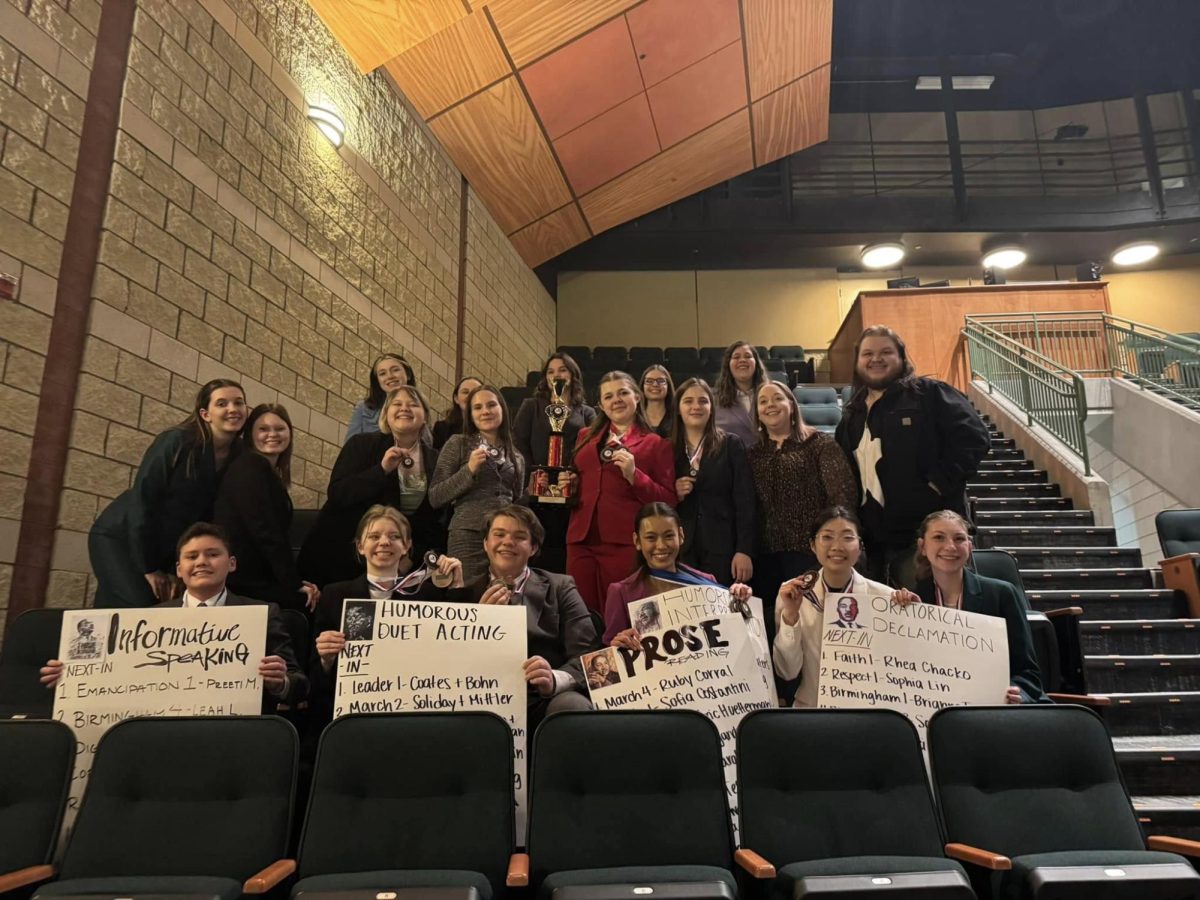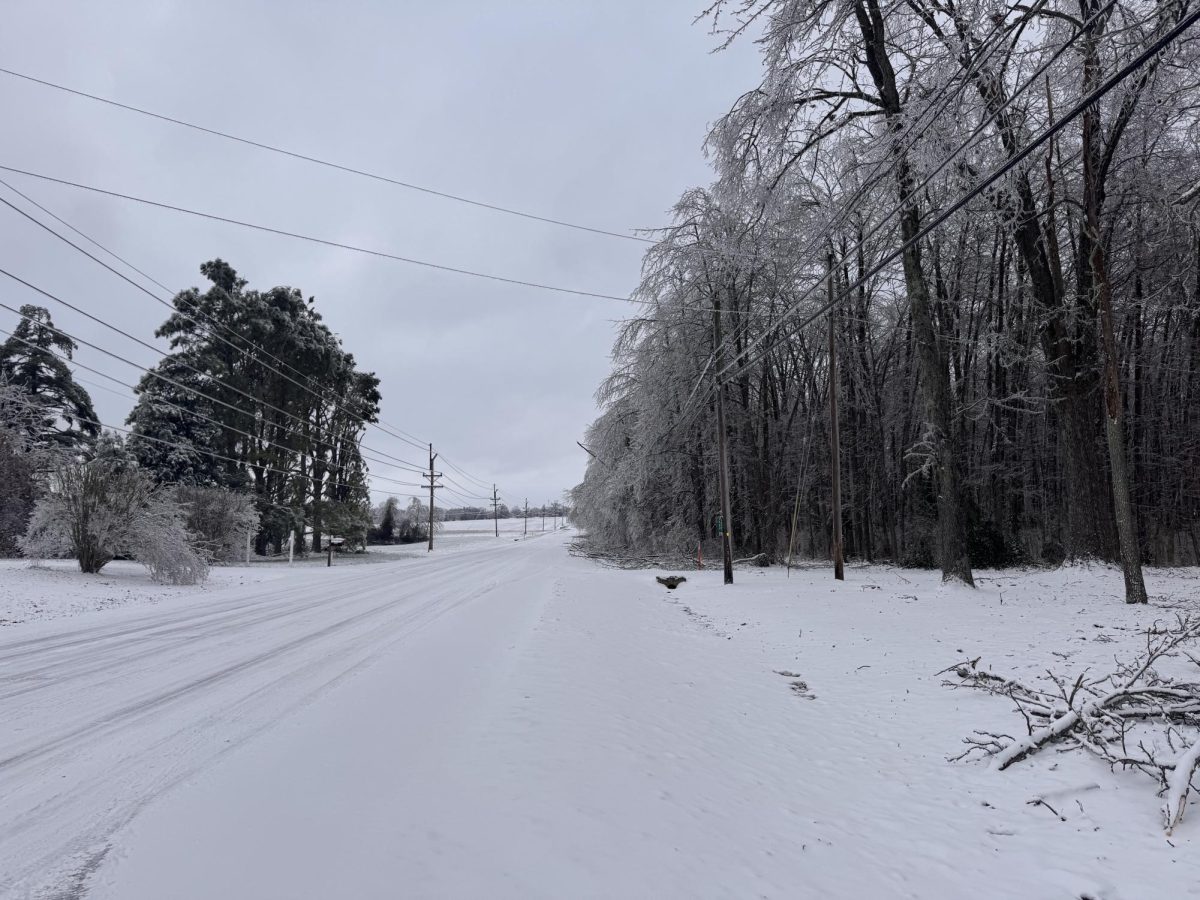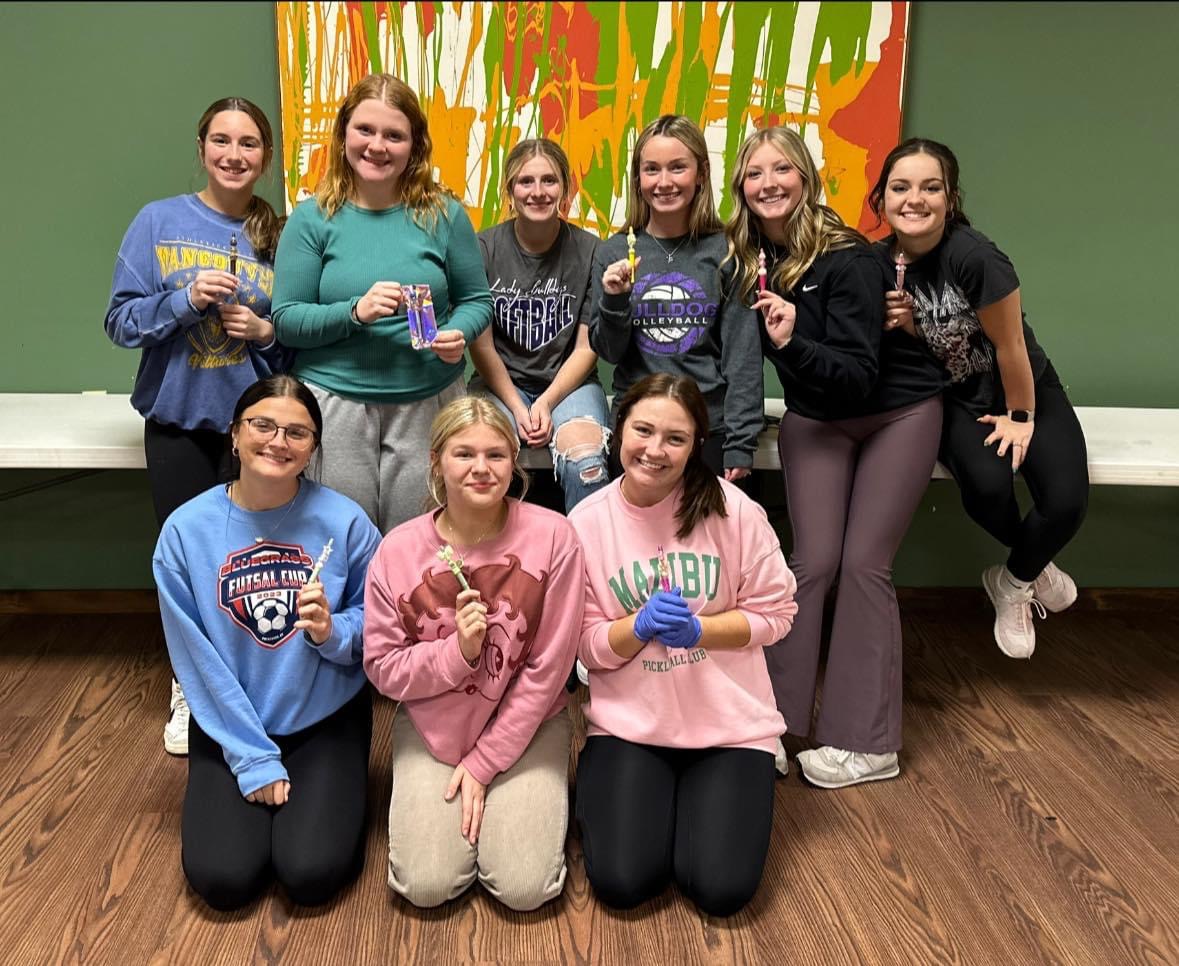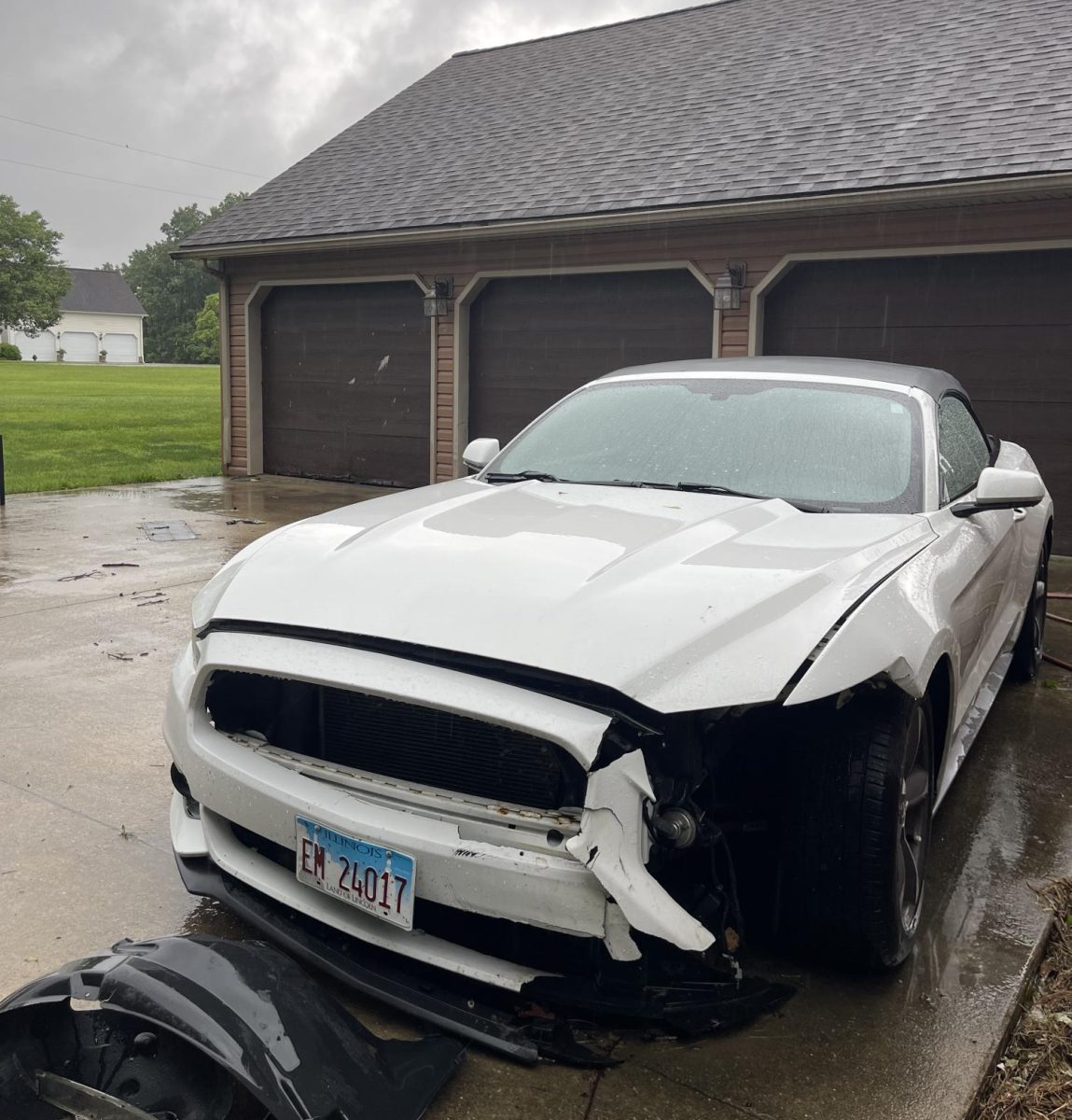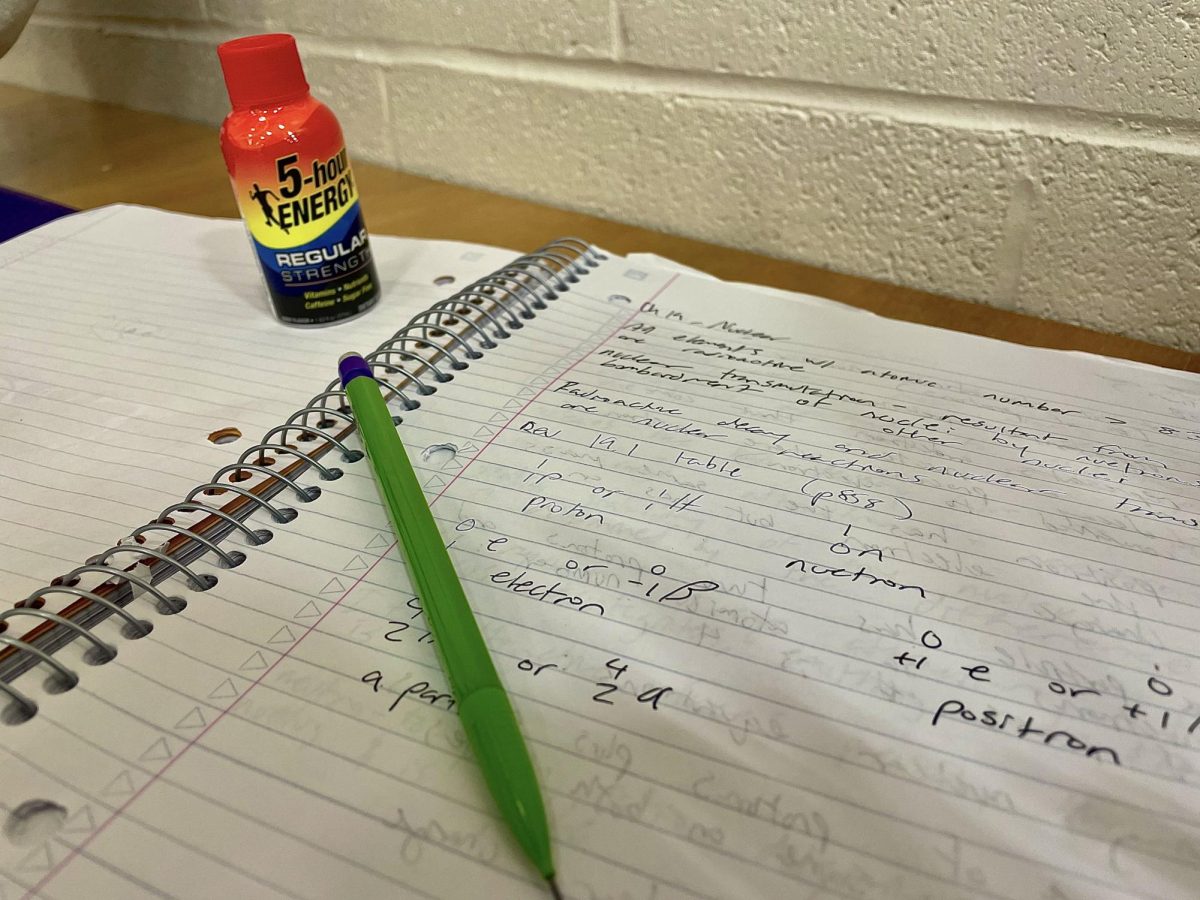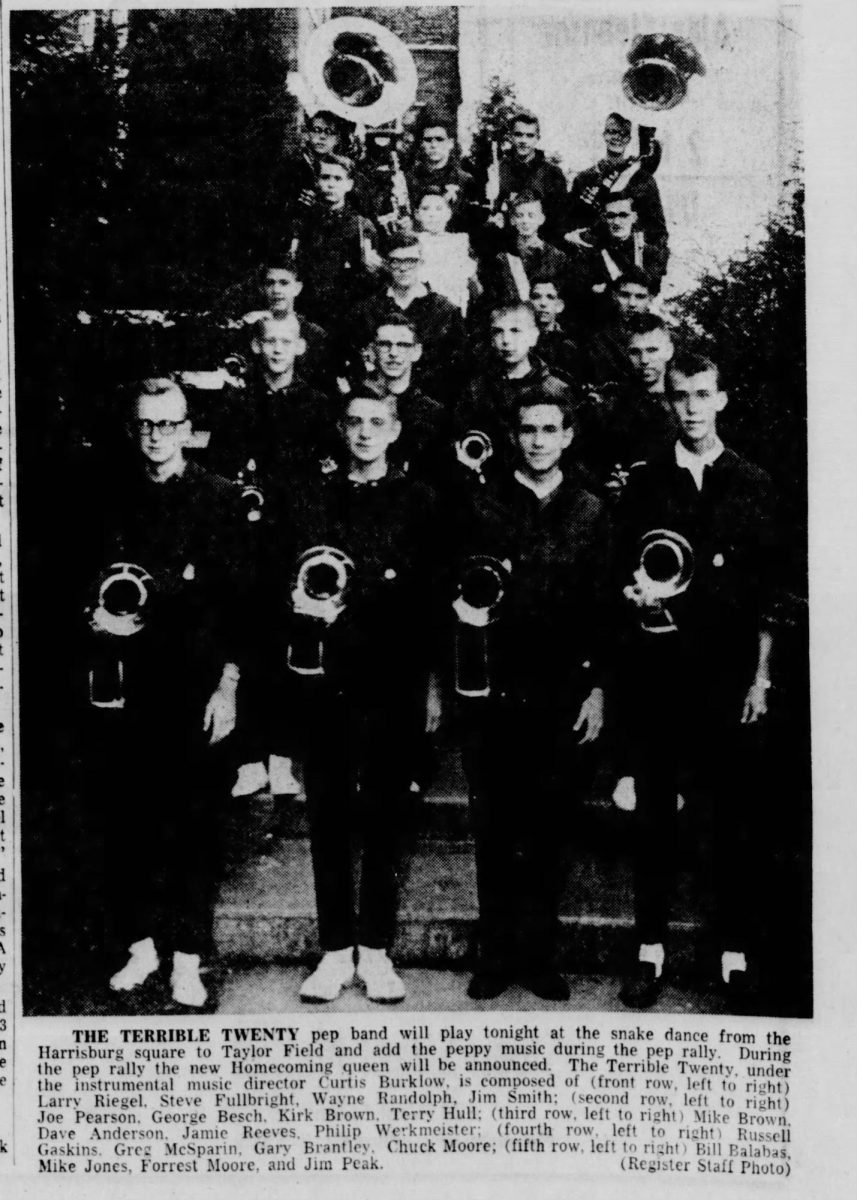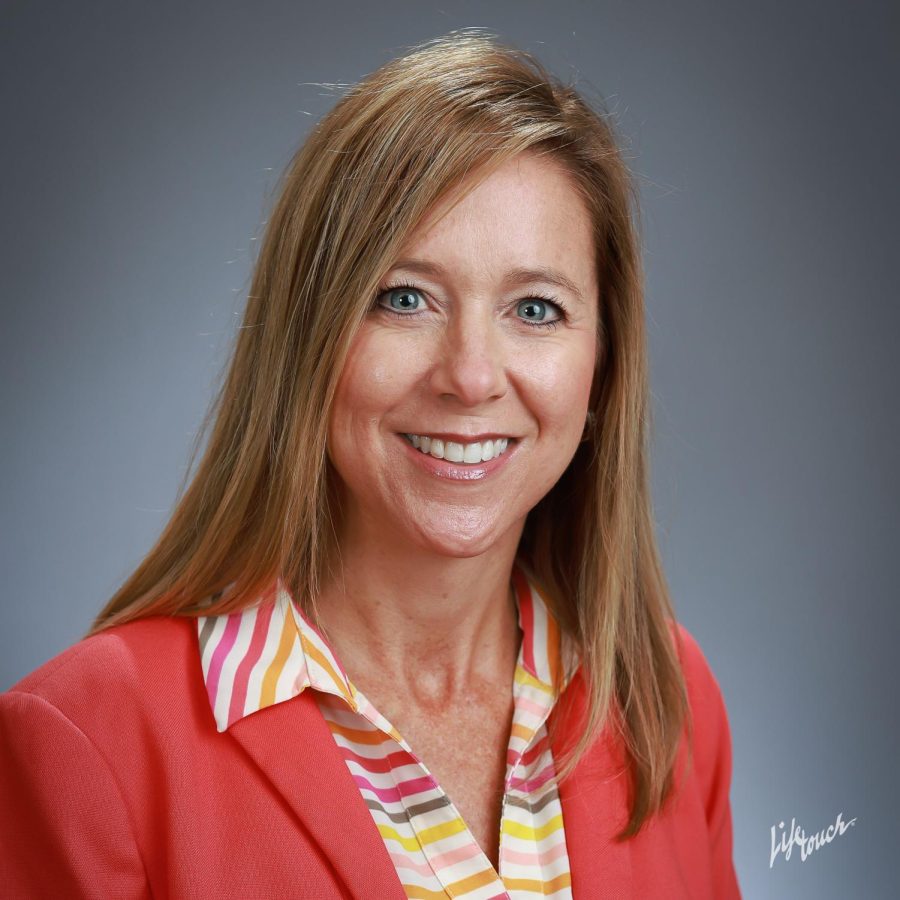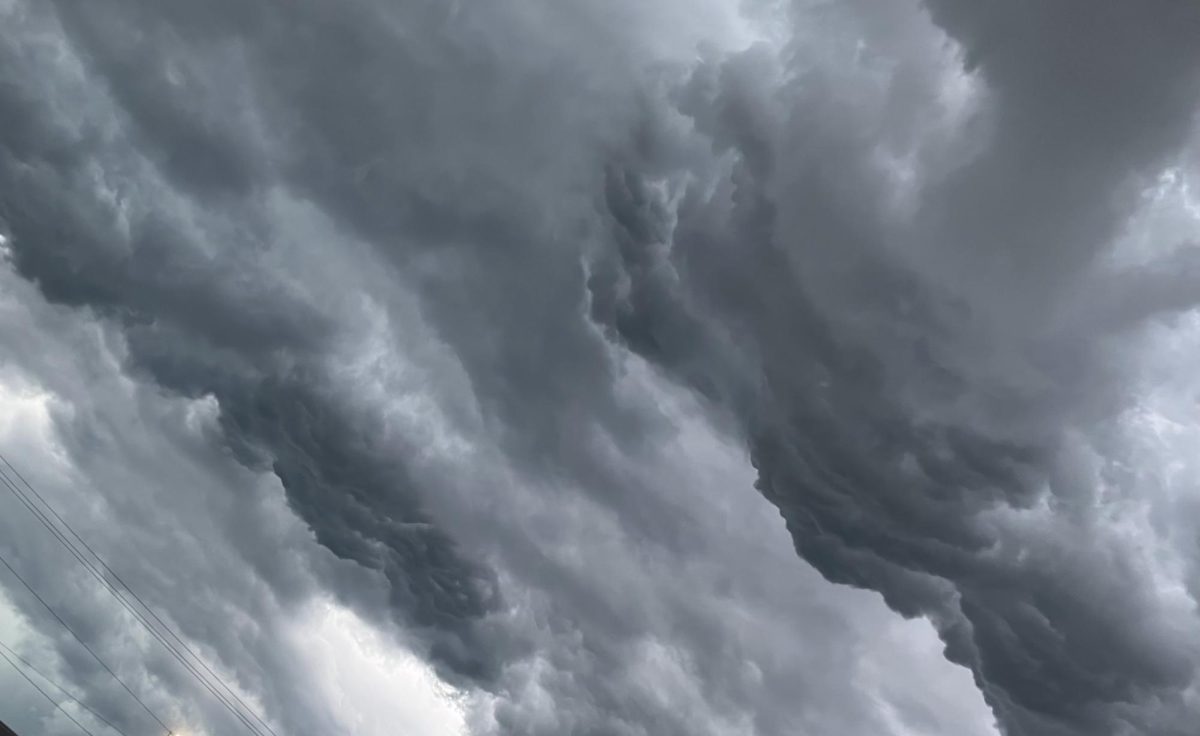Just like most emergency situations, natural disasters are reported to keep the public safe and prepared. National Weather Service Skywarn spotters report these phenomenons, including severe thunderstorms, tornadoes, funnel clouds, flash flooding, etc.
A Skywarn Spotter Training course will be available at SIC, Feb. 29 at 6 p.m. The course will be located in Room B126W.
“We will be talking about why storm spotters are needed along with what we need them to report,” Warning Coordination Meteorologist Christine Wielgos said. “We explain how to make reports utilizing various platforms such as our spotter hotline, texting and social media. We spend a good deal of time discussing storm types and structure and what to look for when spotting different cloud types as well as tornadoes.”
Starting in the 1970s, the program was made available to people of all ages. However, those under 18 must be present with a guardian.
The program teaches spotters how to recognize dangerous weather conditions and how to keep safe during those situations as well as how to obtain the latest weather information in our local area.
“In our class, we talk about the advancements made not only in technology but also in the science of meteorology,” Wielgos said. “We are always utilizing the most advanced tools to forecast the weather and keep the public safe.”
When the pre-requisite course is completed, an advanced level spotter class is available named Elite Storm Spotter Course where spotters will learn about meteorology, mobile spotting, advanced level preparation and doppler radar.
“In addition, the information provided by spotters, coupled with Doppler radar technology, improved satellite and other data, has enabled the National Weather Service to issue more timely and accurate warnings for tornadoes, severe thunderstorms and flash floods,” Wielgos said.
As well as preparing spotters for future meteorology classes, the Skywarn Spotter Training course provides information that many in the public may not be aware of.
“The program not only teaches spotters how to stay safer in those situations but also how to help others stay safe,” Wielgos said.


